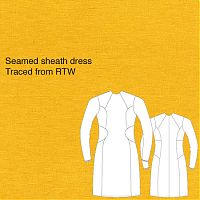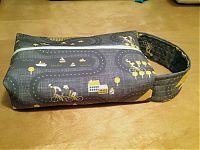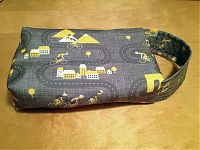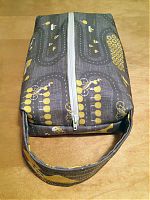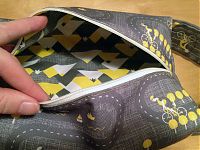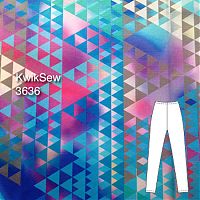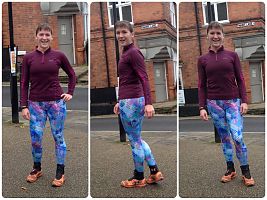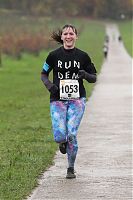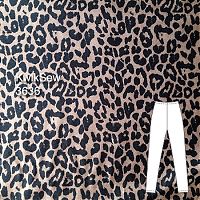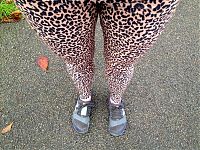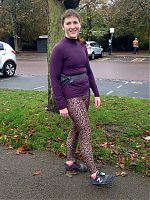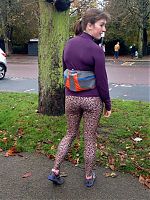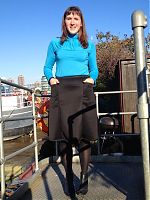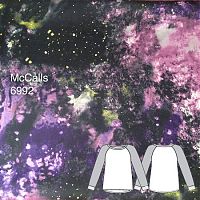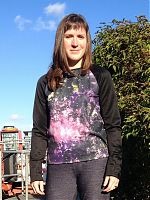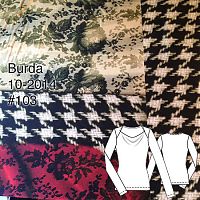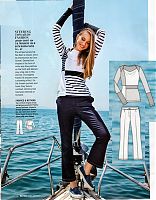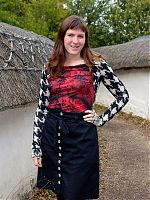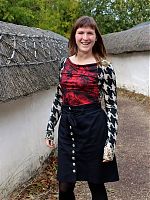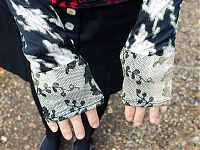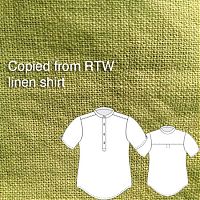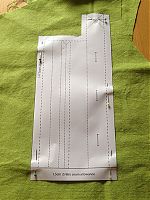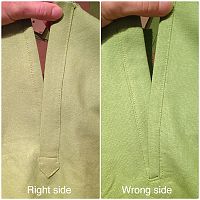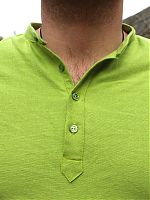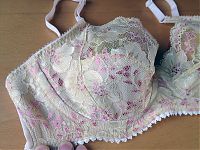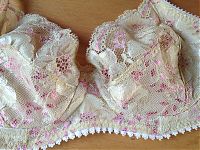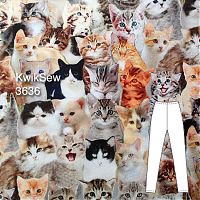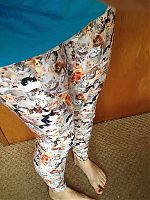Like many of my most well-loved dresses, this one was quite a long time in the making. A few years back I’d bought a yellow ponte sheath dress from ASOS that had some amazing seamlines. I don’t often buy clothes anymore these days (preferring to spend my time sewing than fighting my way to the shops, or waiting days for an internet purchase that’s low quality or not quite right), but I really liked this dress, and wore it often despite the sleeves and hem being too short. Inevitably, the yellow also got dingey and pilled over time, but I still liked the overall design.
So I traced it! I literally just laid the dress over brown paper and ran a serrated tracing wheel over the different sections, leaving an impression underneath, just like how I trace patterns. I remember I traced James’s well-loved linen shirt at the same time, so it was a few months ago, and even though I had this mustard ponte in my stash for even longer, it took me a while to get around to sewing it up.
It may look like a complicated design, but it’s actually really quick to sew up on the overlocker, and only the back invisible zipper takes a little bit of sewing machine time.
Here you can see me holding the original dress, whilst wearing my copy!
All the things I loved about the original dress are present here – the figure-hugging design, the flowing, curved panels, the vibrant colour – but the sleeves are nice and long instead of “unintentional bracelet length”, and the hem doesn’t go scandalously short when I bend over!

